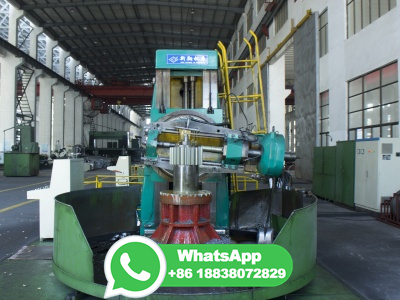Rainy Buttes Silicified Wood:: A Source of Lithic Raw Material in ...
An extensive lithic workshop and raw material procurement site was discovered near West Rainy Butte, Slope County, North Dakota, in 1982 during the University of North Dakota archaeological field school. The site covers over 500,000 m2 on a small ridgetop approximately 2 km southwest of West Rainy Butte (Fig. 1). Pebble, cobble, and small bouldersized pieces of silicified material (chert) are ...

























